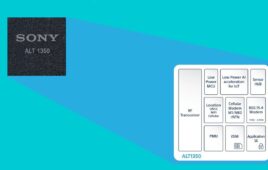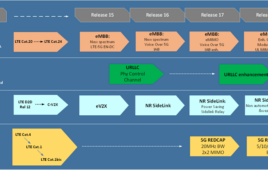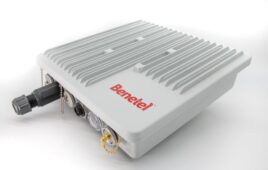LAS VEGAS—Palm created buzz in the halls of CES yesterday with the launch of its Palm webOS platform and the new Palm Pre, based on the platform. It’s not clear the device will save Palm, but it created a wow factor big enough to bump Palm’s shares up more than 34% yesterday.
Pre will be available exclusively with Sprint at launch in the first half of 2009; the companies aren’t saying how long the exclusivity period lasts. They also aren’t saying what the device will cost. But before naysayers point to Sprint’s recent history of losing subscribers, here’s something company representatives are pointing to: the cost of the service over the lifetime of a data contract.
Most people aren’t going to want the Pre without a data plan. A Sprint marketing flier compares Sprint messaging and data plans with those of AT&T and Verizon Wireless and states the minimum savings are at least $240 when considering the life of a contract and the rates of the other two carriers. Consumers on Sprint’s popular $99.99 unlimited plan can save $480 compared with comparable offers from Verizon and AT&T, for example, according to the flier.
Stephane Maes, vice president of smartphone product marketing at Palm, said one of the key highlights of the device is users can have multiple things going at the same time, similar to what happens on the desktop. “Our DNA has been about managing people’s lives,” he said. The ability to manage work e-mail and contacts and personal e-mail and contacts is built into the device, so rather than jumping back and forth between applications, consumers can get it all in one place. “It’s really a product for work and play.”
Whereas the iPhone is more of an entertainment device and the BlackBerry traditionally has appealed to business users, “the beauty of this is it’s really hitting dead in the middle,” said David Owens, director of consumer marketing at Sprint.
The device has both a QWERTY keyboard and a touch screen. The e-mail and other integration of calendar, contacts and more was developed in-house by Palm. That said, the new platform was designed to allow a vast ecosystem of partners, including developers, hardware suppliers and accessories manufacturers, to develop core solutions to complement the platform and product line, the company said. No doubt, all eyes will be on developers to see if they can pull themselves away from the iPhone, Android and other platforms to work on the Pre.
In a research note, Avi Cohen of Avian Securities said it looked like attendees at Palm’s press event at CES yesterday did not leave disappointed, and Avian’s initial reaction to the new Web OS and Pre was decidedly positive. “The UI strikes us as elegant, intuitive (a Palm trademark), sufficiently differentiated, and (dare we say) a legitimate competitor to the iPhone UI,” he wrote. “We are impressed by the platform’s messaging, calendar, e-mail, contacts and Web browsing functions, as well as by the ease of managing and navigating between tasks.”
The new OS/smartphone should bolster sentiment for Palm shares and put to bed concerns over the financial viability of the firm, at least in the near term, he added. Key issues that still need to be addressed include the timing and success of the launch at Sprint, marketing and pricing strategies for the device, Palm’s success vying for developer support and buy-in from other Tier 1 carriers.




